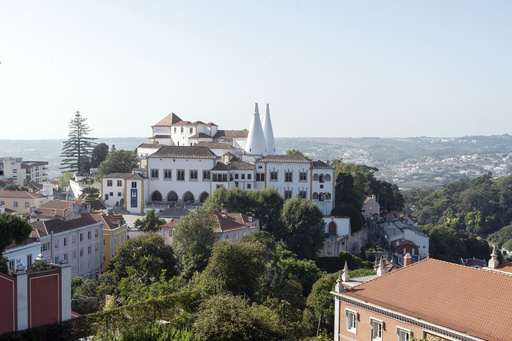
In Sintra, Portugal, Martinho de Almada Pimentel’s mansion, Casa do Cipreste, built by his great-grandfather in 1914, is being overrun by tourists, experiencing “overtourism” this summer. With 5,000 visitors daily, the once-private mountain house is now surrounded by traffic jams and noise, impacting Pimentel’s peacefulness. This issue is part of a global trend as travel surges post-pandemic, causing problems like traffic congestion, protests, and soaring housing prices.
The concept of “overtourism” refers to when tourism no longer benefits residents but instead harms them by overcrowding, damaging historical sites, and straining infrastructure. Locales worldwide are struggling with issues like rising housing costs due to short-term rentals, disruptive tourist behaviors, and the need for better management by destination leaders to protect residents’ quality of life.
The United Nations’ tourism agency predicted a 2% increase in global tourism surpassing 2019 levels and generating $11.1 trillion in revenue by 2024. Spain, known for its water management struggles, housing price spikes, and clashes with tourists, has seen protests urging visitors to leave and addressing infrastructure challenges. Other tourist destinations like Japan have implemented restrictions to manage overcrowding and maintain the integrity of historical sites.
Amidst the “de-touristing” initiatives and protests, experts suggest the term “overtourism” may be outdated as the focus shifts to effective crowd management. Local residents in places like Sintra in Portugal are urging their leaders for better communication and plans to prioritize residents’ needs over the influx of tourists. As tourism continues to grow and evolve rapidly post-pandemic, the balance between welcoming visitors and protecting the well-being of locals remains a critical issue for destinations worldwide.
